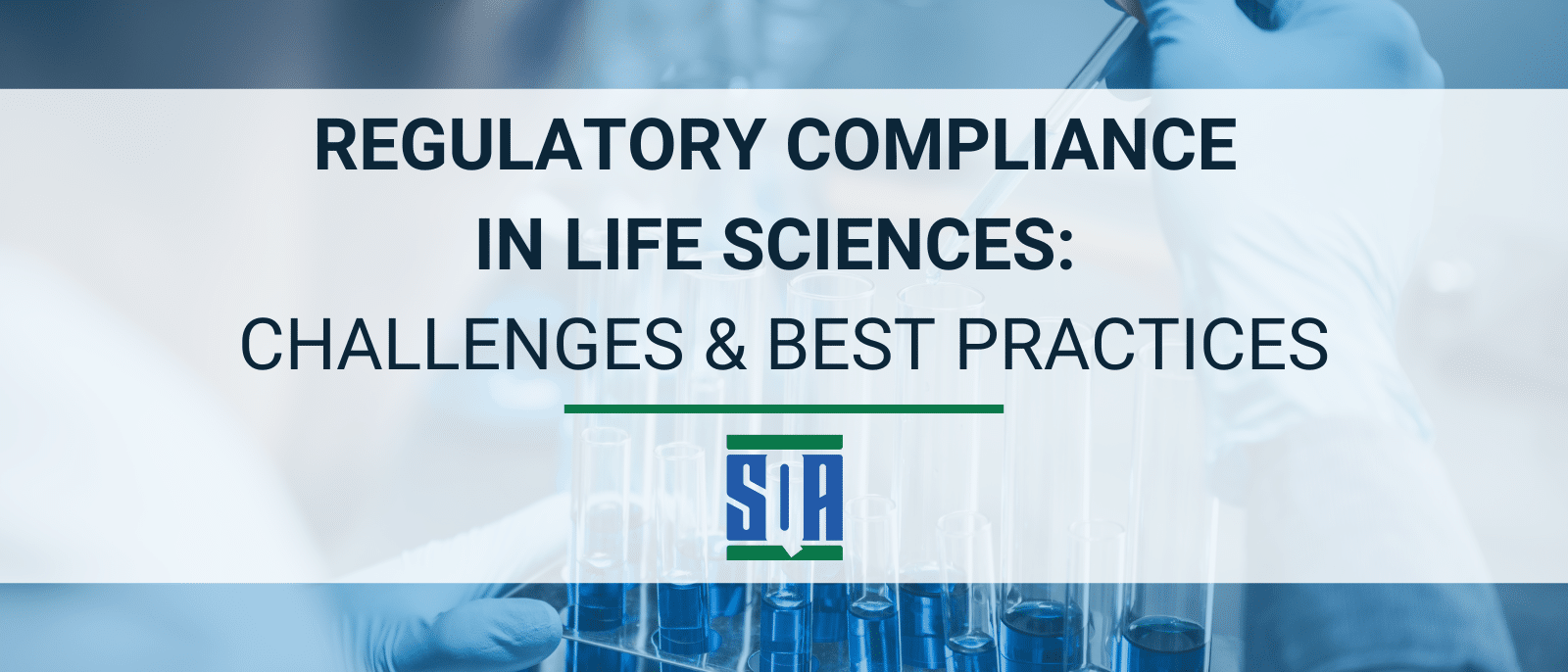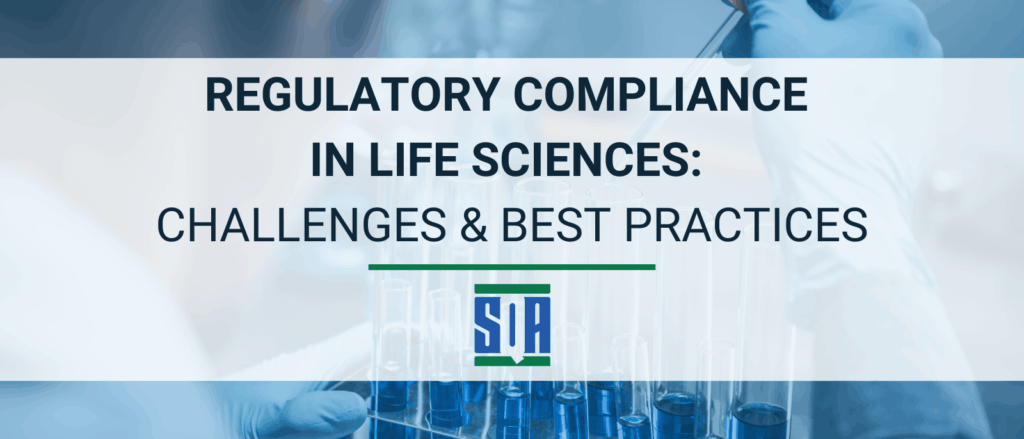 In today’s life sciences environment, regulatory compliance is more than a requirement—it’s a reflection of product integrity and patient safety. Whether in pharmaceutical manufacturing, medical device production, or packaging operations, maintaining control over every step of the process is under unprecedented scrutiny.
In today’s life sciences environment, regulatory compliance is more than a requirement—it’s a reflection of product integrity and patient safety. Whether in pharmaceutical manufacturing, medical device production, or packaging operations, maintaining control over every step of the process is under unprecedented scrutiny.
From vial filling and sterile compounding to labeling and packaging, regulators expect that every activity be backed by validated processes, traceable data, and documented oversight. Many organizations manage the fundamentals—routine calibrations, label checks, and process logs—but achieving true compliance requires going beyond the checklist. It means embedding compliance into the culture and daily operations of the organization.
Moving Beyond the Surface
Consider calibration. A sticker might indicate that equipment is current, but if calibration data isn’t connected to traceable digital records or the frequency of checks isn’t clearly defined, unseen risk still exists. The same logic applies to filling lines where yield variations can go unnoticed if batch data isn’t integrated and reviewed in real time.
Packaging controls face similar challenges. Even when label verification procedures are in place, the absence of a risk-based assessment or corrective action plan leaves the process exposed. These gaps can lead to costly deviations, recalls, and regulatory findings—issues that can be prevented with the right systems and visibility.
The Role of a Structured Commodity Assessment
A structured commodity assessment program provides the framework to proactively identify these vulnerabilities. By mapping controls across compounding, filling, and packaging operations, teams gain a comprehensive view of where their processes are strong, where risks lie, and how to close compliance gaps before they surface.
This proactive model shifts compliance from a reactive mindset—preparing for audits—to a continuous state of readiness. It aligns internal teams and suppliers under the same standards and expectations, creating consistency and transparency across the supply chain. Over time, it transforms compliance from a regulatory burden into a competitive advantage.
Key Questions to Consider for Life Science Quality Professionals
- Are your calibration processes linked to traceable data, not just stickers?
- Are your filling and packaging controls supported by risk assessments rather than only checklists?
- Do your suppliers have a structured program that makes their compliance readiness visible to you?
Why Life Science Organization Partner with SQA Services
For more than 30 years, SQA Services has partnered with life science organizations to assess, strengthen, and manage supplier and manufacturing compliance programs worldwide. Our structured approach helps companies move beyond the minimum and build sustainable systems of quality and trust.
Contact SQA Services today to learn how our team can help elevate your compliance practices and prepare your operations for whatever comes next.

